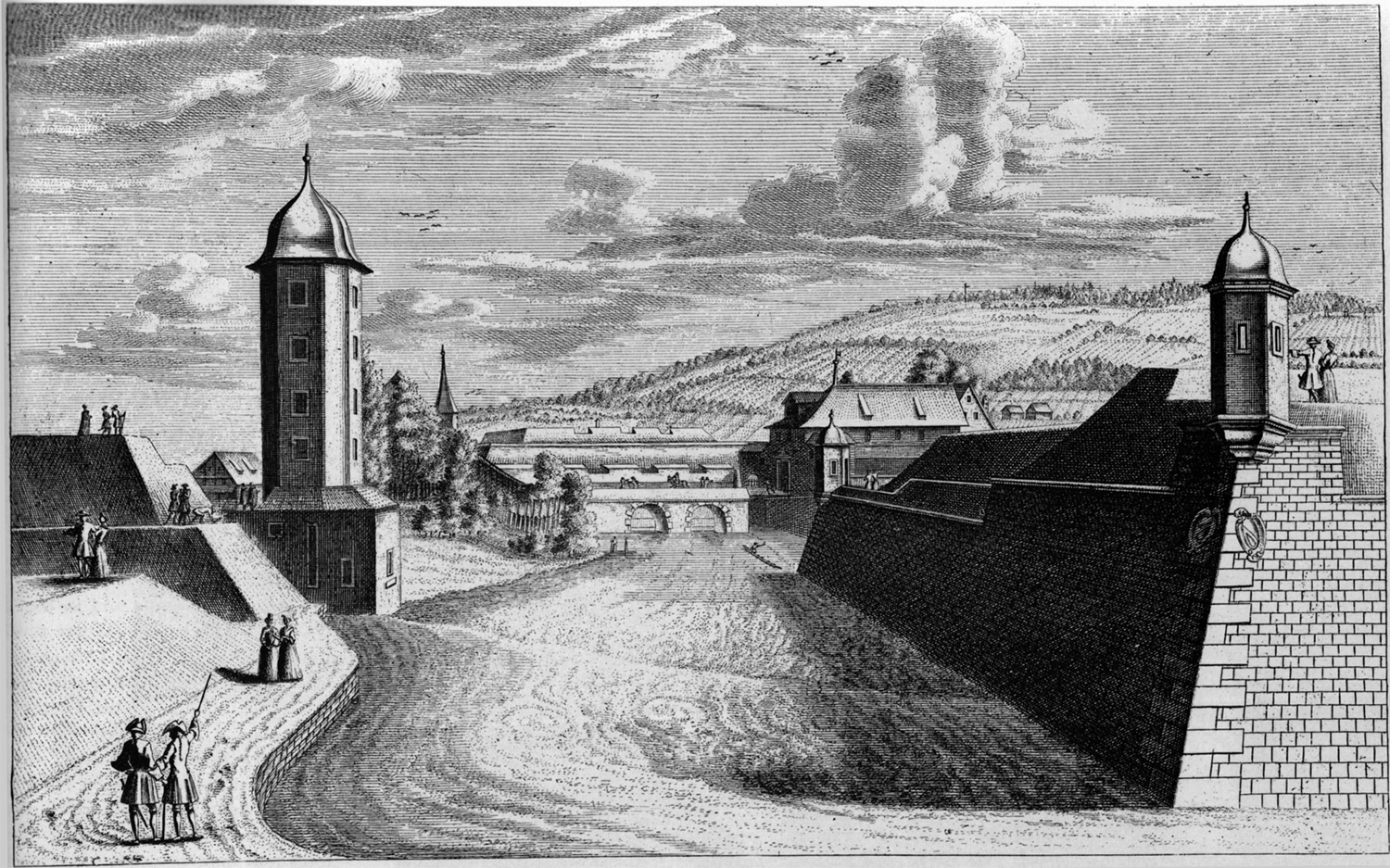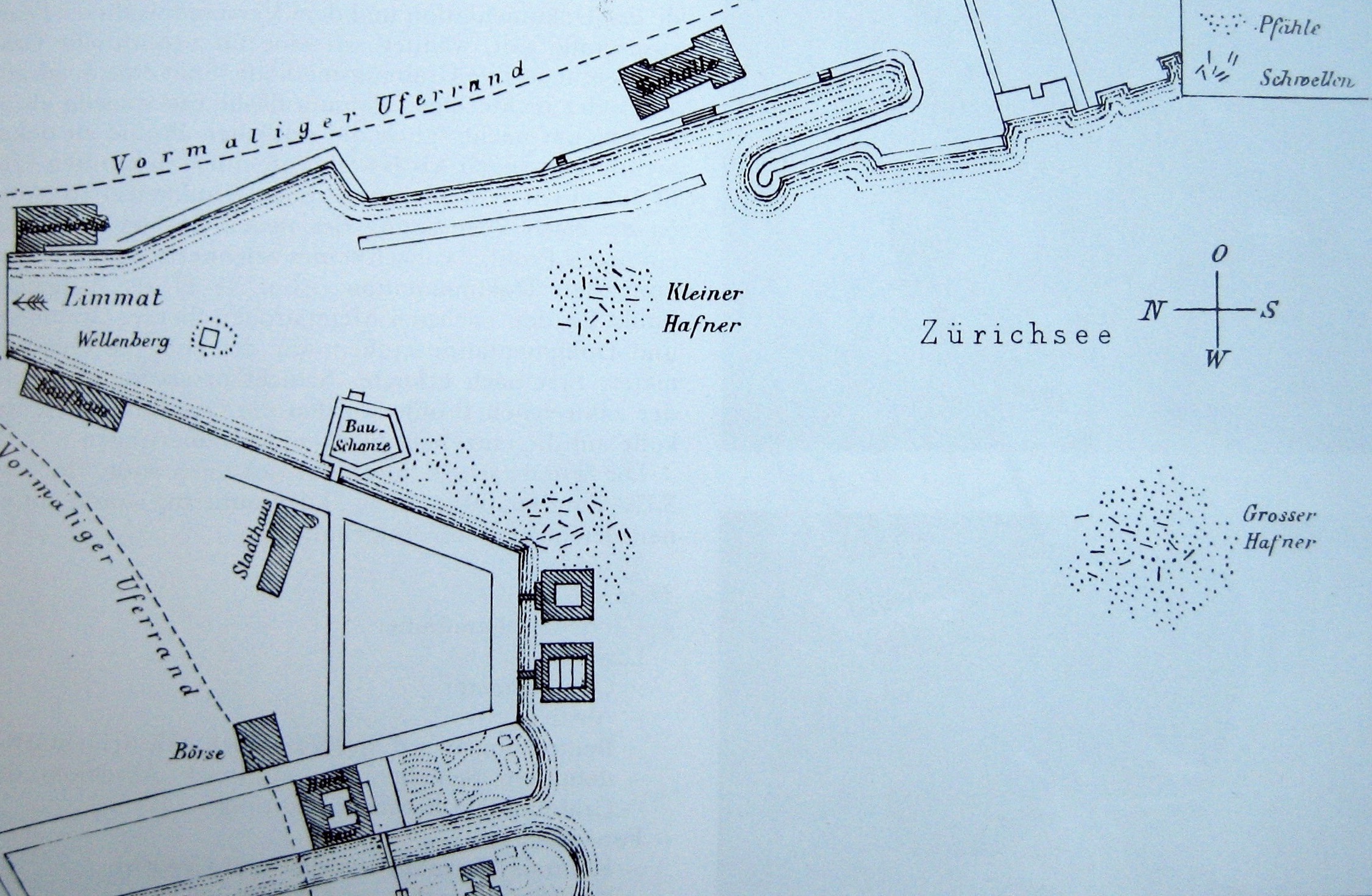|
Bauschänzli
Bauschänzli is an artificial island, town square, and public park in Zürich, Switzerland. Bauschänzli (diminutive of "construction entrenchment") is one of the last remains of the Baroque fortifications of Zürich which began in 1642. The neighboring Schanzengraben (moat) and the Old Botanical Garden, Zürich, Old Botanical Garden are part of these remains. Since 1907, the island has been used as a restaurant, although it is officially a public square and park. Geography Bauschänzli is situated in the historical ''Alpenquai'' district on the artificial island. It is on the western shore of Limmat, off Bürkliplatz at the ''Stadthausquai'' road and opposite Bellevueplatz. A tiny public park can be found here. Points of interests In addition to the Quaianlagen (Zürich), Seeuferanlage and its neighboring Utoquai, Uto and General-Guisan-Quai, General Guisan quays, the Arboretum Zürich, Zürich Arboretum and the Voliere Zürich, Zürich Aviary are nearby. The aviary houses ... [...More Info...] [...Related Items...] OR: [Wikipedia] [Google] [Baidu] |
Old Botanical Garden, Zürich
The Old Botanical Garden (German: ''Alter Botanischer Garten'') is a botanical garden and arboretum in the Switzerland, Swiss city of Zürich. The garden is, among the neighbored ''Schanzengraben'' moat and the ''Bauschänzli'' bastion, one of the last remains of the Baroque Bollwerk zur Katz, fortifications of Zürich, that was begun in 1642. Facilities The Garden is located on the former Bollwerk zur Katz, ''zur Katz'' bastion in the City (Zürich), city centre near the ''Sihlporte'' area. Opening times are daily from April to September 7:00–19.00 (7 pm), October to March 8:00–18:00 (6 pm). Trams Zürich tram route 2, 2 and Zürich tram route 9, 9 stop at the nearby ''Sihlstrasse'' stop. Although the Old Botanical Garden is owned by the University of Zurich, it should not be mistaken for the Botanical Garden of the University of Zurich, which opened in 1977 and is located at ''Zollikerstrasse'' in the Weinegg (Zürich), Weinegg quarter of the city. The present facilitie ... [...More Info...] [...Related Items...] OR: [Wikipedia] [Google] [Baidu] |
Bellevueplatz
Bellevueplatz (, from the French language, French , meaning "beautiful sight") is a town square in the city of Zurich, Switzerland built in 1856. Named after the former on its north side, it is one of the nodal points for roads and public transportation in Zurich, as well as an extension of the Quaianlagen (Zurich), quaysides in Zurich that were built between 1881 and 1887. It is part of the Altstadt (Zurich), Altstadt district (Kreis 1). Geography Bellevue is situated next to the much larger ''Sechseläutenplatz'' () to the south of Bellevue. To the west is the Quaibrücke, Zurich, Quaibrücke (), which runs over the outflow of Lake Zurich into the Limmat, making it the southernmost bridge over the Limmat. To the north is the Limmatquai, a street running along the riverbank. To the south is Utoquai, a lakefront quay. The square is bound by to the east, to north, and to the south. The square is about north-west of the Zürich Stadelhofen railway station, Stadelhofen railw ... [...More Info...] [...Related Items...] OR: [Wikipedia] [Google] [Baidu] |
General-Guisan-Quai
Quaianalagen (German, plural; ; from ) or Seeuferanlagen (German, plural for lakeshore sites) on Lake Zurich is a series of lakefronts in Zurich, Switzerland. Inaugurated in 1887, the quaysides are considered an important milestone in the development of Zurich. The construction of the lake fronts transformed the medieval small town on the rivers Limmat and Sihl to a modern city on the Lake Zurich shore. The project was managed by engineer Arnold Bürkli. Geography The quays are situated in the districts of Enge, Seefeld and Wollishofen at the lower Lake Zurich shore within the city of Zurich. The complete construction includes, among others, the central Bürkliplatz on the outflow of the Lake Zurich, and (from west to east coast) Saffa-Insel, Strandbad Mythenquai, Belvoirpark, Mythenquai, Arboretum, General-Guisan-Quai, Sechseläutenplatz, Utoquai, Seebad Utoquai, Seefeldquai, Riesbach Harbour, Centre Le Corbusier, Blatterwiese, Chinagarten, Zürichhorn and Strandbad ... [...More Info...] [...Related Items...] OR: [Wikipedia] [Google] [Baidu] |
Fortifications Of Zürich
Zürich was an independent (''reichsfrei'') city or city-state from 1218 to 1798. The town was Fortification, fortified with a city wall from the 13th to the 17th century, and with more elaborate Defensive wall, ramparts constructed in the 17th to 18th century and mostly demolished in the 1830s to 1870s. First wall There had been a first city wall dating to the 11th or 12th century. The existence of such an early wall had been suggested, but the mainstream view assumed that the town had been unfortified – the remains of the Roman castle at the Turicum (Zürich), Vicus ''Turicum'', and a so-called Kaiserpfalz on Lindenhof hill excepted – before the 13th century, until the chance discovery of remnants of the first wall during the 1990s construction work at the Zentralbibliothek Zürich, central library respectively location of the Predigerkloster, the former Dominican abbey. Second wall Following the extinction of the main line of the Zähringer family in 1218, Zürich became a ... [...More Info...] [...Related Items...] OR: [Wikipedia] [Google] [Baidu] |
Lindenhof Hill
The Lindenhof (''"Tilia, linden yard"'') is a moraine hill and public square in the historic center of Zurich, Switzerland. It is the site of the Switzerland in the Roman era, Roman and Carolingian era Kaiserpfalz around which the city has historically grown. The hilltop area—including its prehistoric, Roman, and medieval remains—is listed as a Swiss inventory of cultural property of national and regional significance, Swiss heritage site of national significance. Topography Lindenhof (its northern part is called ''Sihlbühl'') dominates the Lindenhof (quarter), Lindenhof quarter in Altstadt (Zurich), district 1 (Altstadt), the historical center of Zurich's Altstadt. To the north, it bordered by Uraniastrasse and the Waisenhaus Zürich, Waisenhaus and to the south, it ends near St. Peter, Zurich, St. Peter church. To the west, the hill is bordered by Bahnhofstrasse, and in the east, it ends at the Limmat and the Schipfe quarter. Lindenhof sits atop the remains of a glacier ... [...More Info...] [...Related Items...] OR: [Wikipedia] [Google] [Baidu] |
Schanzengraben
Schanzengraben is a moat and a section of the northwestern extension of the '' Seeuferanlage'' promenades that were built between 1881 and 1887 in Zurich, Switzerland. Schanzengraben is, among the adjoint ''Katz'' bastion at the Old Botanical Garden and the so-called ''Bauschänzli'' bulwark, one of the last remains of the Baroque fortifications of Zürich. The area of the moat is also an inner-city recreation area and a public park. Geography Schanzengraben is one of the two present effluences of the Lake Zurich, located around south of the Limmat, and situated at the historical '' Alpenquai'' lake shore area, between Bürkliplatz and General-Guisan-Quai. It marks the border of the inner-city districts of ''Enge'' and ''City'', and flows after about into the Sihl, at the western side of Zürich Hauptbahnhof where ''Gessnerallee'' and ''Usteristrasse'' cross the ''Gessner'' bridge. In fact, the moat was built outside of the historical core of the medieval town of Zürich, ... [...More Info...] [...Related Items...] OR: [Wikipedia] [Google] [Baidu] |
Turicum (Zürich)
Turicum was a Gallo-Roman settlement at the lower end of Lake Zurich, and precursor of the city of Zurich. It was situated within the Roman province of Germania Superior) and near the border to the province of Raetia; there was a tax-collecting point for goods traffic on the waterway Walensee– Obersee-Zürichsee–Limmat–Aare–Rhine. Prehistory and Celtic Oppidum Lindenhof Neolithic pile dwellings were located in the then swamp area between Limmat and Lake Zurich around the present Sechseläutenplatz plaza. These were built on piles to protect the inhabitants against occasional flooding by the rivers Sihl, Linth and Jona. Three settlements were located in Enge, a locality of the municipality of Zurich: Zürich–Enge Alpenquai and Kleiner Hafner on then islands or peninsulas on the effluence of the Limmat, and Grosser Hafner,Beat Eberschweiler: ''Schädelreste, Kopeken und Radar: Vielfältige Aufgaben für die Zürcher Tauchequipe IV''. In: NAU 8/2001. Amt für S ... [...More Info...] [...Related Items...] OR: [Wikipedia] [Google] [Baidu] |
Grosser Hafner
Grossner Hafner is one of the 111 serial sites of the UNESCO World Heritage Site '' Prehistoric pile dwellings around the Alps'', of which are 56 located in Switzerland. Geography Grosser Hafner was located on the then swamp area between the Limmat and Zürichsee around Sechseläutenplatz on a small lake island in Zürich, and as well as the other Prehistoric pile dwellings around Zürichsee set on piles to protect against occasional flooding by the Linth and Jona. The settlement is located on Lake Zurich in Enge, a locality of the municipality of Zürich. It was neighbored by the settlements Zürich–Enge Alpenquai and Kleiner Hafner on a then island in the effluence of the Limmat, within an area of about in the city of Zürich. Grosser and Kleiner Hafner comprise , and the buffer zone including the lake area comprises in all. History Internationally known is the area since 2009, as in the beginning of the construction of the underground parking facility at Sechs ... [...More Info...] [...Related Items...] OR: [Wikipedia] [Google] [Baidu] |



